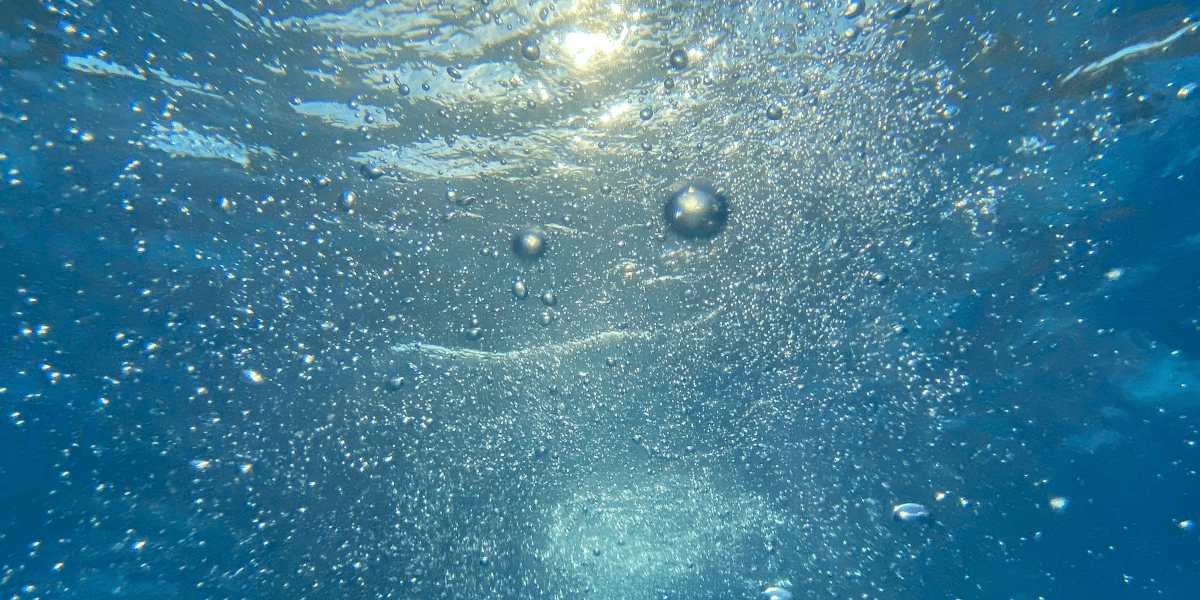Water treatment systems ensure clean, safe water access for residential, commercial, and industrial applications. However, the systems require regular maintenance to operate at peak efficiency and prevent costly breakdowns or failures.
Neglecting maintenance can lead to many problems and have substantial financial and environmental consequences. This can include reduced water quality, increased energy consumption, and premature equipment failure.
This article explores the tips for maintaining water treatment systems to maximize efficiency and reliability. Read on!
Understand Your Water Treatment System
To maintain your water treatment system effectively, you must first comprehend its components and processes. Systems range from simple filters to intricate setups involving chemical treatment, reverse osmosis, and UV sterilization. For instance, a primary under-sink filter differs significantly from a whole-house system with a sediment pre-filter, carbon tank, and water softener.
Thoroughly review the manufacturer’s guidelines, operational parameters, and maintenance recommendations for each component. This foundational knowledge enables you to troubleshoot issues and perform routine maintenance tasks accurately. Understand the flow rate, pressure requirements, and replacement schedules for filters, membranes, and other consumables.
Additionally, familiarize yourself with the system’s control panel, alarms, and indicators. For instance, reverse osmosis membrane cleaning triggers specific warnings or alarms when performance declines due to scaling or biofouling. These alerts can signal the need for cleaning before a noticeable drop in water quality or flow rate occurs. By understanding the control panel and interpreting the alarms, you can take proactive steps to maintain optimal membrane performance and extend its lifespan.
Conduct Routine Inspections
Regular inspections form the foundation of adequate water treatment system maintenance. Thoroughly examine all components, including pumps, pipes, valves, filters, and chemical feed systems. Scrutinize for signs of wear, corrosion, leaks, or any damage that could hamper efficiency. For instance, check sediment filters for clogging, inspect UV lamps for proper operation, and ensure chemical tanks have adequate levels.
Early detection of potential issues enables timely repairs. This prevents minor problems from escalating into significant failures, disrupting water supply and quality. Left unaddressed, a cracked pipe could lead to leaks, water damage, and system shutdown. Similarly, a clogged filter cartridge can strain the entire system, reducing flow and potentially allowing contaminants through.
The frequency of inspections depends on your system’s complexity and usage. Simple point-of-use water filters may require monthly checks, while comprehensive whole-house systems may require weekly or bi-weekly inspections. Consult your manufacturer’s recommendations and adjust the schedule according to your specific circumstances.
During inspections, document any concerns or necessary maintenance tasks. This record facilitates tracking system performance, scheduling timely repairs or replacements, and ensuring regulatory compliance if applicable. Remember, routine inspections are an investment in the longevity and efficacy of your water treatment system.
Manage Chemical Treatments

If your water treatment system involves chemical processes like chlorination or coagulation, precise management is crucial for effectiveness. Regularly test water chemistry to adjust dosages and achieve desired treatment outcomes while minimizing chemical usage and costs. For example, insufficient chlorine levels may fail to disinfect appropriately, while excessive amounts can produce undesirable byproducts.
Automated dosing systems improve accuracy and consistency but require regular checks and calibrations to ensure proper functioning. Inspect feed lines for clogs, verify chemical tank levels, and calibrate pumps per manufacturer guidelines. A malfunctioning dosing pump could lead to under- or over-treatment, compromising water quality.
Additionally, handle, store, and dispose of chemicals following safety protocols. You can refer to material safety data sheets for proper procedures. Exposure to concentrated chemicals can pose health risks. Therefore, ensure you have adequate protective equipment like safety boots, goggles, and gloves.
Establish Cleaning And Disinfection Protocols
Maintaining cleanliness and proper disinfection is crucial to prevent contaminant and biofilm buildup that degrades water quality. Develop cleaning and disinfection protocols depending on your specific treatment system and source water quality. For instance, reverse osmosis membranes often require regular flushing and cleaning with specialized chemicals to remove mineral scaling and biofilms, ensuring optimal performance and longevity.
If you have a UV disinfection system, periodically clean the quartz sleeves to maintain maximum UV exposure. Similarly, sediment filters should undergo routine backwashing or replacement to prevent clogging and bacterial growth.
For chemical disinfection methods like chlorination, monitor residual levels and adjust dosages accordingly. Insufficient chlorine residuals can allow bacterial regrowth, while excessive levels may produce disinfection byproducts. Consider consulting your system’s manual for recommended cleaning frequencies and procedures. Some components may require monthly or quarterly maintenance, while others operate effectively with annual cleaning.
Ensure System Calibration And Automation
Advanced water treatment systems frequently utilize sensors and automated controls to monitor water quality and adjust processes in real time. Proper calibration of these systems is critical for accuracy and reliability. Calibrate them per manufacturer recommendations or whenever water source or treatment requirements change. For example, recalibrating sensors may be necessary if you switch to a new municipal water supply.
Automated systems should have backup manual controls in case of failure or during maintenance. This redundancy ensures continued operation and treatment during downtimes. Periodically test backup systems to verify their functionality.
Consider implementing a calibration management program for complex industrial or municipal treatment plants. Document calibration schedules, procedures, and records meticulously. Automated calibration reminders can help prevent lapses.
If your water purification system has remote monitoring capabilities, leverage them for real-time data access and timely calibration alerts. This proactive approach can minimize operational disruptions and maintain consistent treatment quality.
Conclusion
Maximizing the efficiency of water treatment systems through recommended practices in maintenance is essential for ensuring the reliable supply of clean water, prolonging equipment life, and minimizing environmental impact. By adhering to these tips, water treatment facilities can continuously provide clean and safe water while optimizing operational costs and minimizing environmental impacts. Remember, effective maintenance extends the lifespan of water treatment systems and enhances their performance, ensuring they meet the water quality standards and demands of the communities and industries they serve.
Published by: Khy Talara

















